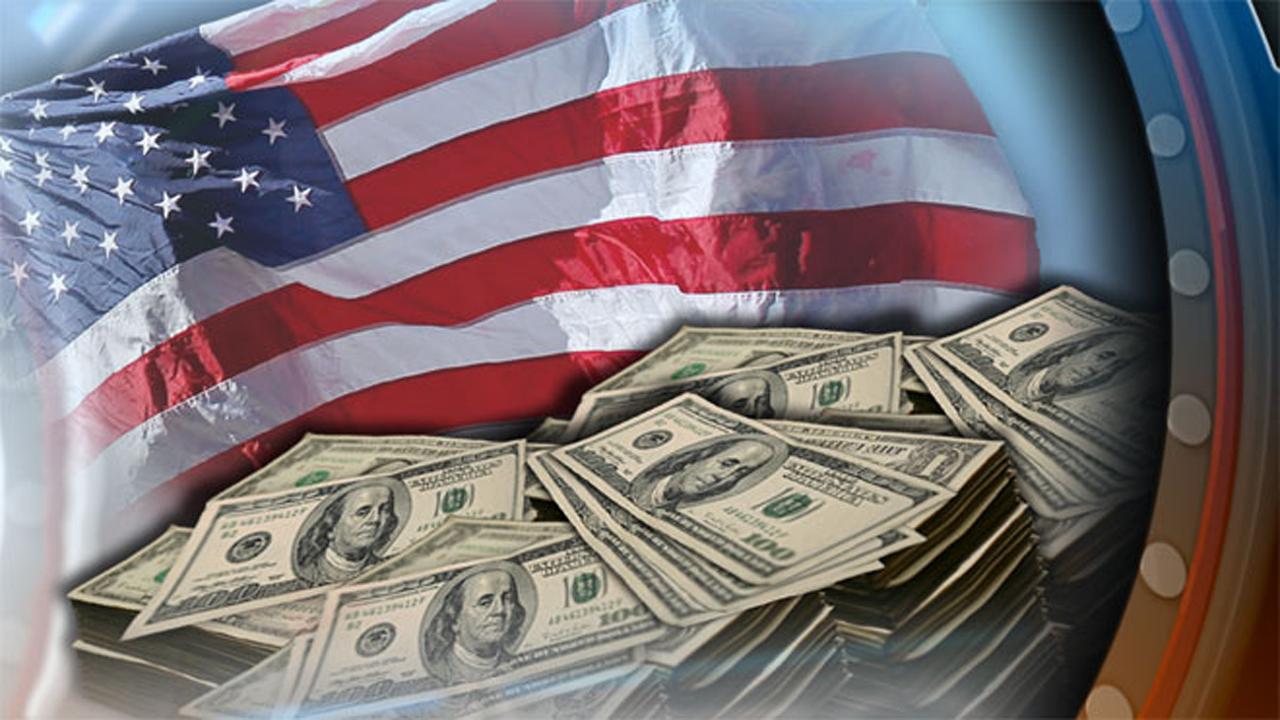US consumer spending posts biggest gain since 2009
WASHINGTON, (Reuters) - U.S. consumer spending increased by the most in more than 9-1/2 years in March, but price pressures remained muted, with a key inflation measure posting its smallest annual gain in 14 months.
The Commerce Department said on Monday consumer spending, which accounts for more than two-thirds of U.S. economic activity, surged 0.9 percent as households stepped up purchases of motor vehicles and spent more on healthcare.
Consumer spending edged up 0.1 percent in February. Data for January was revised up to show consumer spending rising 0.3 percent instead of the previously reported 0.1 percent gain.
The release of the February spending data was delayed by a five-week partial shutdown of the federal government that ended on Jan. 25. Economists polled by Reuters had forecast consumer spending jumping 0.7 percent in March.
When adjusted for inflation, consumer spending increased 0.7 percent in March. This so-called real consumer spending was unchanged in February.
The data was included in last Friday's first-quarter gross domestic product report. March's surge in real consumer spending suggested an acceleration in consumption was likely in the second quarter. Consumers spending increased at a 1.2 percent annualized rate in the first quarter, the slowest in a year.
The overall economy grew at a 3.2 percent rate last quarter.
In March, spending on goods rebounded 1.7 percent, with outlays on long-lasting manufactured goods such as cars shooting up 2.3 percent. Outlays on services increased 0.5 percent last month, driven by healthcare spending.
Inflation pressures were benign in March. The personal consumption expenditures (PCE) price index excluding the volatile food and energy components was unchanged after edging up 0.1 percent in February.
That lowered the year-on-year increase in the so-called core PCE price index to 1.6 percent, the smallest increase since January 2018, from 1.7 percent in February.
CLICK HERE TO GET THE FOX BUSINESS APP
The core PCE index is the Federal Reserve's preferred inflation measure. It hit the U.S. central bank's 2 percent inflation target in March last year for the first time since April 2012. Fed officials are scheduled to meet on Tuesday and Wednesday to assess the economy and deliberate on the future course of monetary policy.
The Fed in March dropped forecasts for any interest rate increases this year, halting a three-year policy tightening campaign. The Fed raised borrowing costs four times in 2018.
In March, personal income ticked up 0.1 percent after rising 0.2 percent in February. Wages rose 0.4 percent in March after advancing 0.3 percent in the prior month. Savings fell to $1.03 trillion in March from $1.16 trillion in February.
(Reporting by Lucia Mutikani; Editing by Andrea Ricci)




















